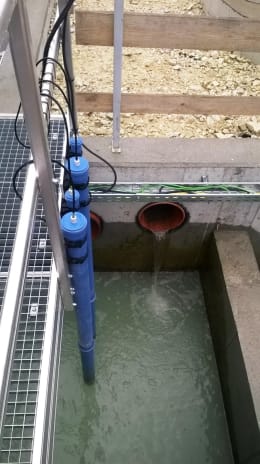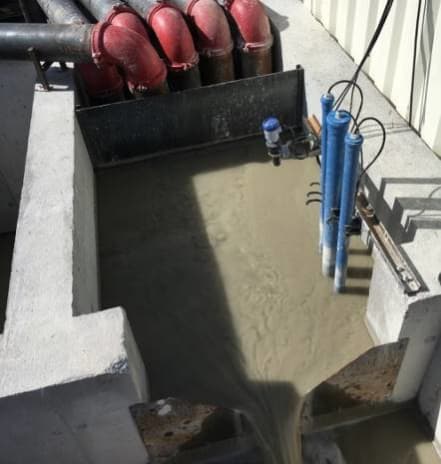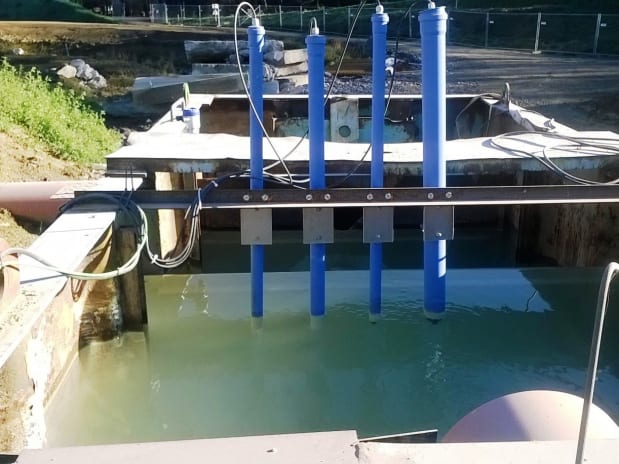Equipping a watercourse protection facility with measuring technology
Application Report | Water & Wastewater
- Monitoring limit values for the discharge of wastewater from building sites
- Measurement of pH, turbidity, conductivity, level, flow and temperature for the operation of a watercourse protection facility
- Direct communication with the control system: Use of sensors with integrated transmitter

Background
The Austrian company GSA UMWELTTECHNIK KG specialises in the planning, development and manufacture of modular watercourse protection facilities. They are used on building sites to monitor and treat contaminated wastewater (e.g. from excavation, drilling and washing) so that it can be subsequently fed back into the sewer system or receiving waters (recipient) in compliance with existing legal limits. Among the system modules that the company offers is a component for neutralisation.
Measurement requirements
This type of neutralisation module helps regulate the pH value of the wastewater from the building site that has been increased through contact with cement or concrete. According to environmental regulations, the pH value may not exceed 8.5. If the pH value is above this threshold, the basic wastewater must be neutralised by adding acid and carbon dioxide.
GSA UMWELTTECHNIK was looking for suitable measurement technology to equip just such a neutralisation module for a construction project. In addition to the actual pH measurement, the customer also wanted to monitor the conductivity of the product and the turbidity, level and temperature of the wastewater from the building site. As the installation of separate transmitters at the building site is extremely expensive and unnecessary for a higher-level host system (for monitoring), the measurements were to be transmitted directly from the sensors to GSA's own control unit.
KROHNE Solution
GSA UMWELTTECHNIK uses the SMARTPAT PH 2390 pH sensor to maintain the pH limit value. In addition, the SMARTPAT COND 5200 conductivity sensor monitors the conductivity of the wastewater, which is sometimes extremely elevated due to the presence of rock elements and/or building materials. To avoid suspended solids from the upstream settling tanks (sedimentation) getting into the discharge, the OPTISENS TUR 2000 also measures the turbidity. All three sensors feature an integrated transmitter, allowing them to communicate directly with the control system. The customer also uses the extremely compact OPTISOUND 3010 ultrasonic level transmitter to determine the level and flow via a measuring weir. To complement this equipment, the TRA-C30 compact resistance sensor monitors the temperature.
Customer benefits
All of the wastewater parameters can be centrally monitored, preventing the threshold values from being exceeded. All measurements are transmitted directly to the central GSA control system via 4…20 mA. There was no need to purchase and install separate transmitters, which avoided costs and saved space. In addition, with the SMARTPAT sensors, GSA UMWELTTECHNIK provided its end customer with analytical measuring technology that can be quickly maintained and calibrated via PC using a simple HART® interface. This reduces operating costs for the end user over the long term.






